Having written the WBECS 2020 post-session notes* for Patrick Lencioni's session, The Untapped Advantage of Organisational Health, I recently shared some key highlights from his excellent talk in a series of LinkedIn posts. In case you missed some or all of these, I've summarised them here:
What is Organisational Health?
You probably already work in a smart organisation. That is, one that gives a lot of attention to strategy, marketing, finance and technology. But do you work for a healthy organisation? Patrick Lencioni, best-selling author of The Five Dysfunctions of a Team, describes an organisational healthy company as having high morale, productivity and low turnover, having eliminated most of the politics and confusion.
The smart stuff, we find that easy to measure. The health stuff is often overlooked as it's not so easy. However, Lencioni says that if you want transformation and competitive advantage, the untapped potential lies in creating a healthy organisation.
The Four Disciplines of a Healthy Organisation
In Lencioni's latest book, The Advantage, he details The Four Disciplines of a Healthy Organisation:
✔ Build a cohesive leadership team - along with collectively shared goals, cohesive leadership teams have overcome the five dysfunctions of a team: lack of trust, fear of conflict, lack of commitment and accountability, and inattention to results.
✔ Create clarity - the leadership team needs to be aligned on where the business is going and how to get there.
✔ Over-communicate the clarity - employees need to hear something seven times before they believe it!
✔ Reinforce the clarity - that is, putting structure around your messages, e.g. in meetings, hiring processes, rewards, so that you can make sure they are reinforced.
Smart + Healthy is a success formula for the people and for the bottom line, with these key questions:
Have the leadership team overcome the five dysfunctions?
Is there clarity and alignment over where the business is going?
What do you communicate to employees and how often do you communicate it?
How do you reinforce the communication through structures and processes?
The 6 Critical Questions the Healthy Organisation Must Answer
To get aligned, a leadership team needs to create clarity - the second of four disciplines for a healthy organisation. Here are the six questions Lencioni poses in order to help us with this:
Why do we exist?
How do we behave?
What do we do?
How will we succeed?
What is most important, right now?
Who must do what?
These look like simple questions; however, the real thought must go into eliminating discrepancies between the senior team members. What happens when we can turn these discrepancies around to alignment? He also quotes Einstein as saying: “If you can't explain it to a six-year-old, you probably don't understand it yourself.” So, it's vital to gain alignment around the six questions, allowing the senior team to move on to the third discipline of a healthy organisation: Over-communicate the clarity.
We've seen what organisational health is, the 4 key disciplines to get there, how to achieve success with these disciplines and how organisations can be smart AND healthy. There's great food for thought, but we still find leaders unable to commit to building organisational health. So, we put the final question to Lencioni:
What are the Biggest Reasons that Leaders Resist Committing to Building Organisational health?
Lencioni was straight off the bat with three concise reasons as to why.
1️⃣ Sophistication bias: Ignoring the simple in favour of something more complex, innovative or intellectually clever.
2️⃣ Adrenalin bias: Being drawn to solutions that have the most immediate impact and can be implemented now.
3️⃣ Quantification bias: Wanting to quantify it. The temptation is to ask "how much is my revenue going to increase?" when in reality the effects of a healthy organisation permeate everything.
Are you guilty of any of these types of bias as a leader?
*I am once again excited to be part of the World Business and Executive Coach Summit team for 2020/21. WBECS has entrusted me to create post-session notes, capturing key learnings for worldwide attendees.

